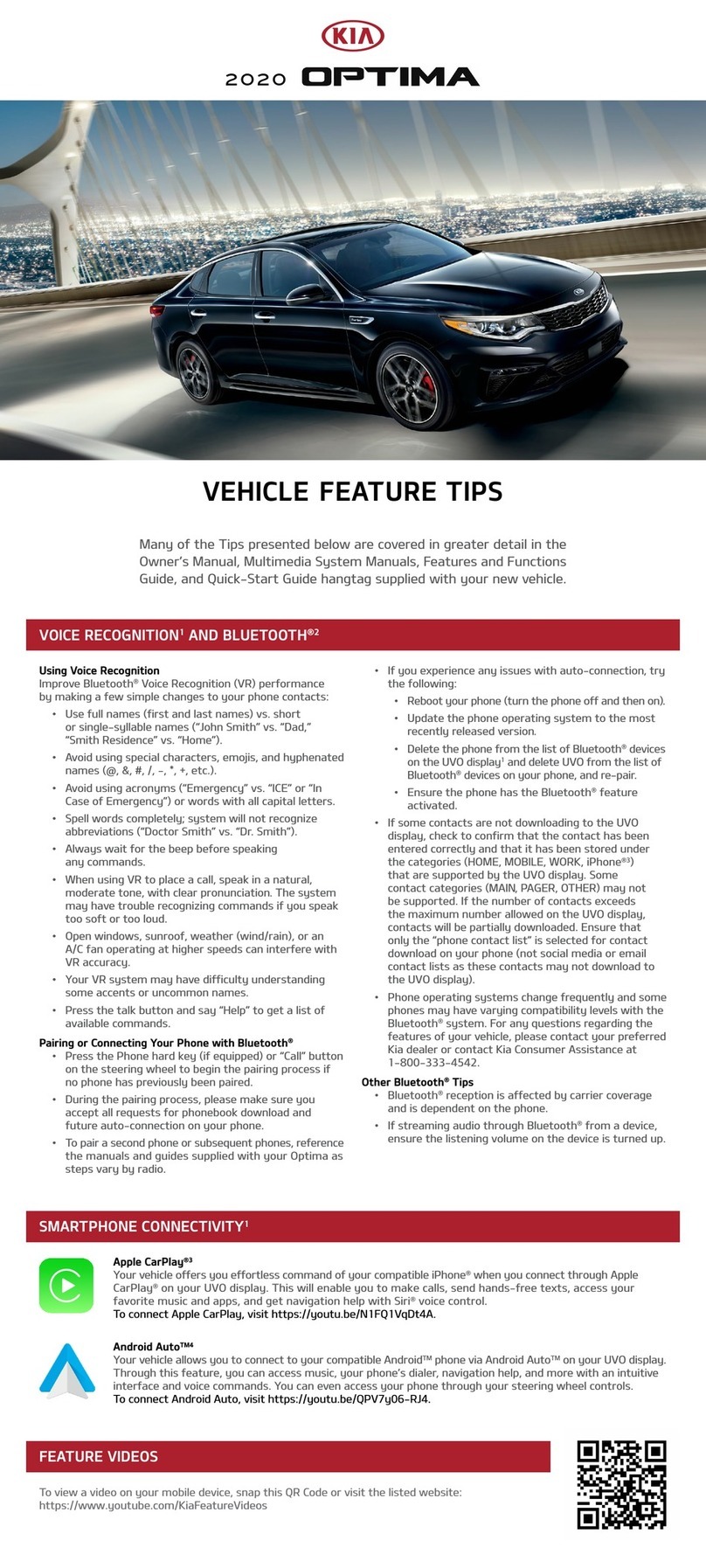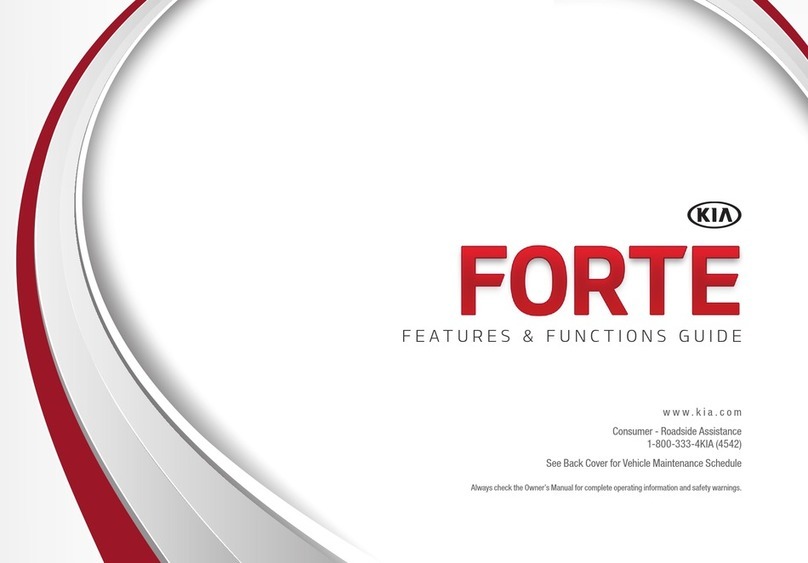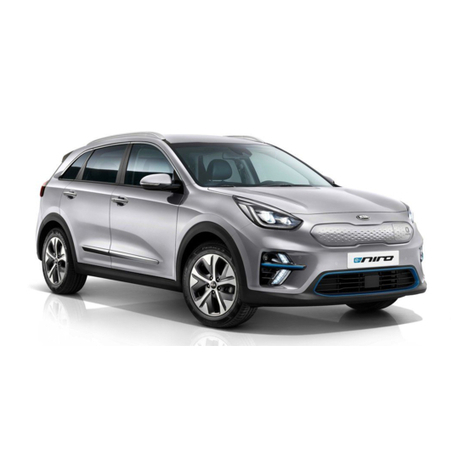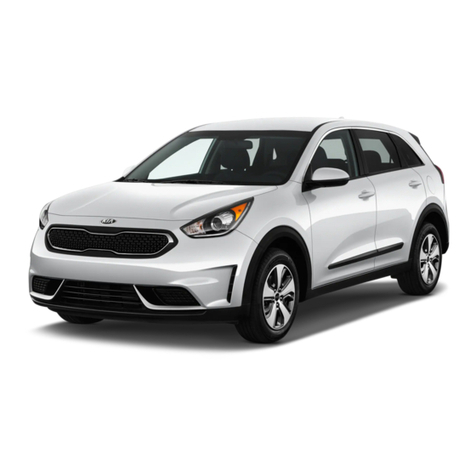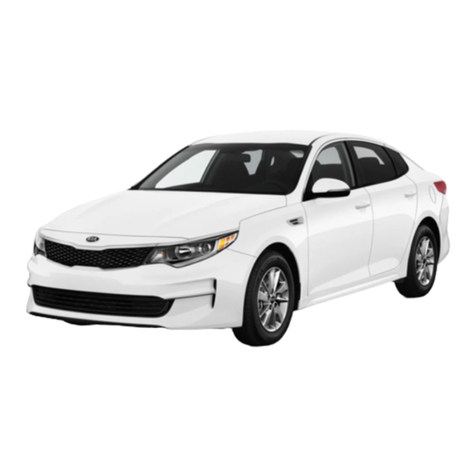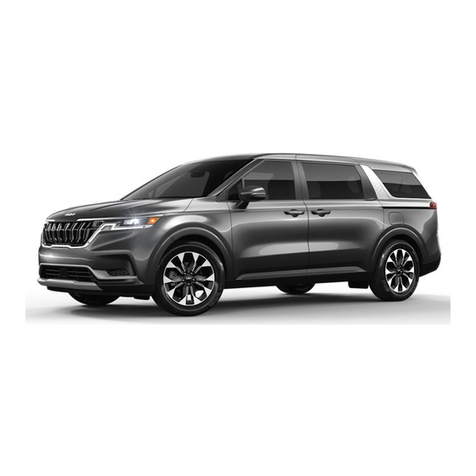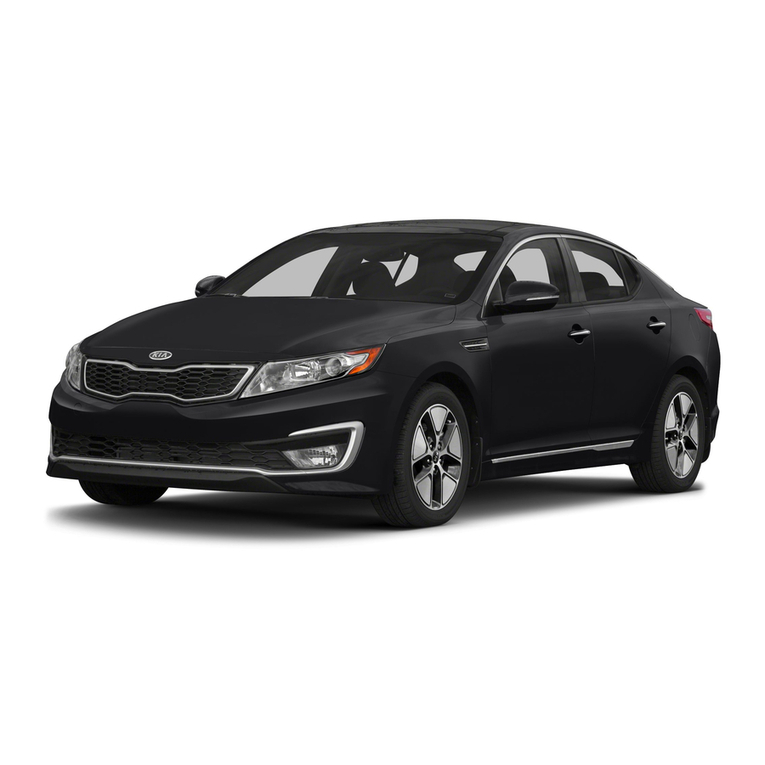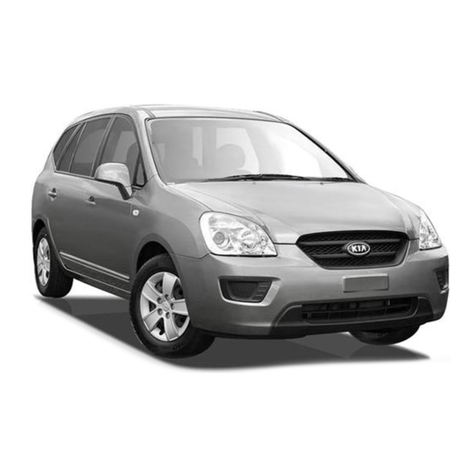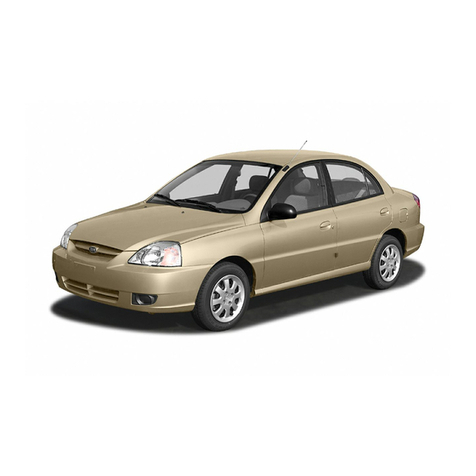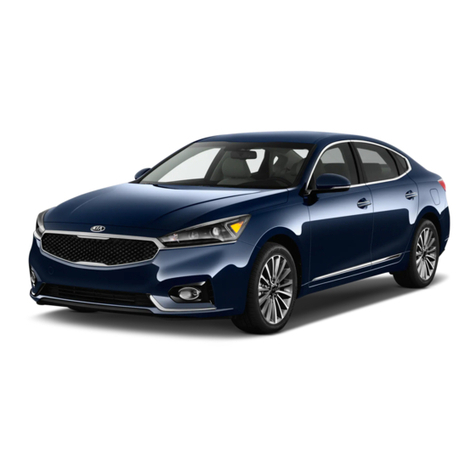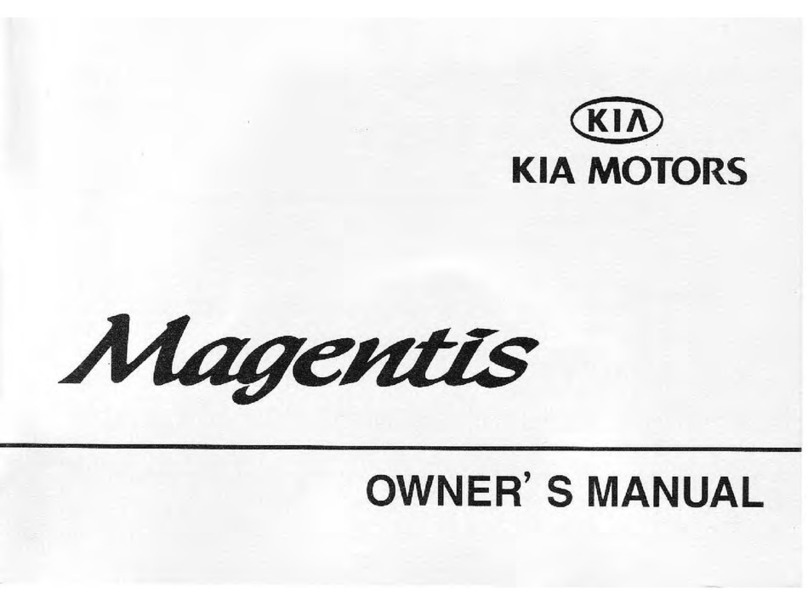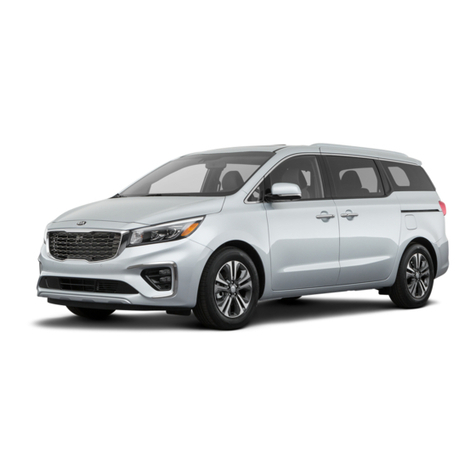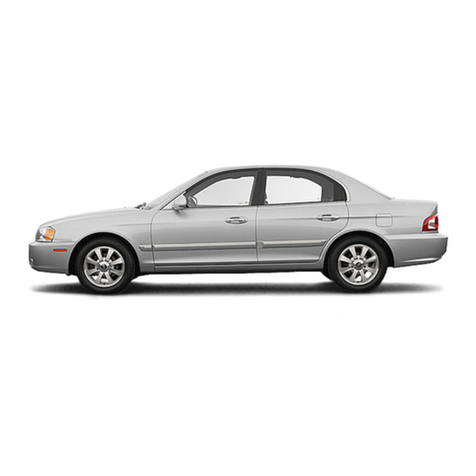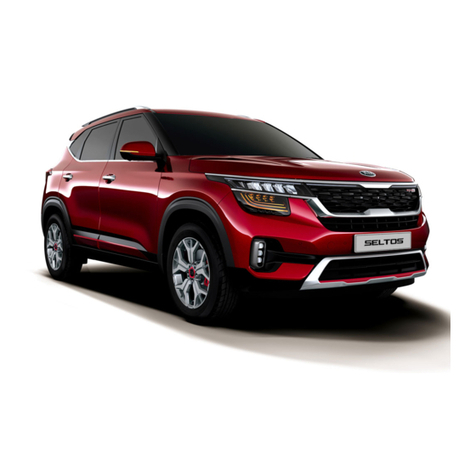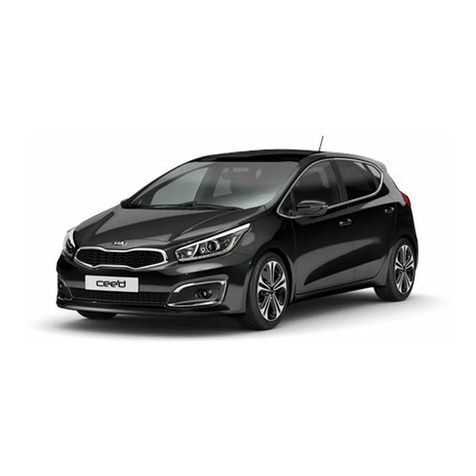17
Introduction
Biodiesel
Commercially supplied Diesel blends
of no more than 7% biodiesel, com-
monly known as "B7 Diesel" may be
used in your vehicle if Biodiesel meets
EN 14214 or equivalent specifications.
(EN stands for "European Norm"). The
use of biofuels exceeding 7% made
from rapeseed methyl ester (RME),
fatty acid methyl ester (FAME), veg-
etable oil methyl ester (VME) etc. or
mixing diesel exceeding 7% with
biodiesel will cause increased wear or
damage to the engine and fuel sys-
tem. Repair or replacement of worn or
damaged components due to the use
of non approved fuels will not be cov-
ered by the manufactures warranty.
Biodiesel (for New Zealand)
Commercially supplied Diesel blends
of no more than 7% biodiesel, com-
monly known as "B7 Diesel" may be
used in your vehicle if Biodiesel
meets EN 14214 or equivalent spec-
ifications. (EN stands for "European
Norm"). The use of biofuels exceed-
ing 7%, made from rapeseed methyl
ester (RME), vegetable oil methyl
ester (VME) etc. or mixing diesel
exceeding 7% with biodiesel will
cause increased wear or damage to
the engine and fuel system. Repair
or replacement of worn or damaged
components due to the use of non
approved fuels will not be covered by
the manufactures warranty.
CAUTION
• Never use any fuel, whether
diesel or B7 biodiesel or oth-
erwise, that fails to meet the
latest petroleum industry
specification.
• Never use any fuel additives
or treatments that are not rec-
ommended or approved by the
vehicle manufacturer.
CAUTION
• Never use any fuel, whether
diesel or B7 biodiesel or oth-
erwise, that fails to meet the
latest petroleum industry
specification.
• Never use any fuel additives
or treatments that are not rec-
ommended or approved by the
vehicle manufacturer.
